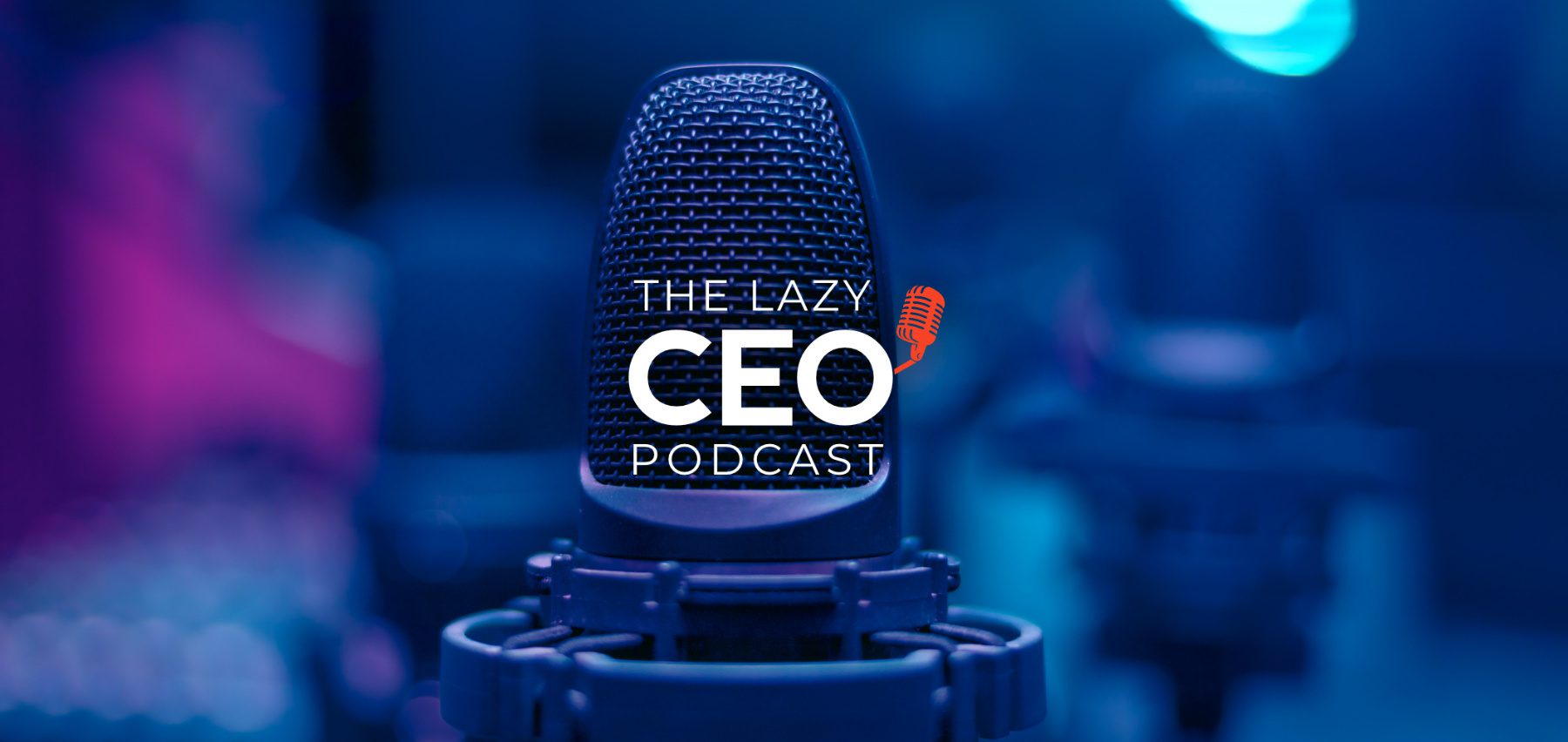In this episode of Revenue or Cost Moves in an Inflationary Environment
- The characteristics of resilient organizations.
- What are the revenue and cost moves to make in an inflationary environment
- How to buffer your results from uncertainty
- How to lock in results for the long term
Here is a glimpse of Revenue or Cost Moves in an Inflationary Environment
These high inflationary complicated environments are a bit unprecedented. There are many people that, in their entire working career, have never seen interest rates over low single digits and never seen more than a couple of points of inflation. And so, 3% raises look pretty good, but that’s all changed.
It’s common for the people we work with to see 5-7% average raises. Some are even a bit higher because they’re behind the market because we’ve got a few people pressing the point in a constrained labor environment to try bringing people on board. To the extent people have been talking about minimum wage, the new $7.75 an hour is $15 or $17 an hour. It is tough to get anybody to do manual labor and entry-level job for less than $15. That is still a tough number to live on. So is a lot of upward pressure on many costs, making it difficult for us to deliver our business results as we go forward.
As we go through turbulent times, many organizations are what I would call fragile. In other words, when subjected to change, stress levels increase immediately. Not to get too material science geeky, but they have a relatively low high modus, meaning it’s stiff like we press on it and create stress immediately. Low modus would be something that we press on it, and it’s got a little squishiness in it, right? It’s got some give in it. Those are kind of the elements of organizational resilience. The definition is they can easily adapt to changing circumstances without stress, easily adapt to changing circumstances. Look at your organization as to whether that induces stress into your people and your structure in your organization.
Resilient organizations have sort of four key characteristics. One is they are robust, meaning they’re not always maxed out. They’ve got buffers built into the organization, both economic and people buffers so that when there’s a problem, we’ve got some ability to absorb that change with money, people, whatever, as we try to do it.
As we try to deliver results, we’re always trying to optimize. Still, I’m advocating in this environment that you want to back off that just a bit to create a buffer to create robustness in your organization, which is an ability to handle change you may not have anticipated. Are we maxed out, running on fumes, pounding it out every day, getting every ounce of everything we can out of every process, person, and dollar? Then you are highly vulnerable to changes. We got some buffer built into the organization to deal with stuff. That’s probably where you want to be.
Redundancy is interesting—another one. We talk about single points of failure, and this is the opposite of that, which is to have some redundancy built into your systems. It is too expensive to have a completely parallel organization, like redundant up and down the organization. And so, you may want to think about where are the critical points of failure. Building redundancy into that particular area improves your organization’s resilience to change.
Resourcefulness is the nature of people, their ability to find answers that don’t currently exist or maybe piece together what you do happen to have to come up with an answer.
The last one is what they call rapidity. Do your people run to the fire, or do they run away from the fire? So houses on fire, do you grab a hose and run in? Those are the people we want in a difficult situation, or do they step back or run away? And so, the willingness to take action in the face of complications and difficulty is a key factor.
For more revenue or cost moves to make in an inflationary environment, listen to this full episode of The Lazy CEO Podcast.
Resources mentioned in this episode:
- Jim Schleckser on LinkedIn
- The CEO Project
- Great Ceos Are Lazy: How Exceptional Ceos Do More in Less Time by Jim Schleckser
Sponsor for this episode…
This episode is brought to you by The CEO Project. The CEO Project is a business advisory group that brings high-caliber, accomplished CEOs together. Our team of skilled advisors comprises current and former CEOs who have run public and private sector companies across multiple industries. With our experience and expertise, we guide hundreds of high-performing CEOs through a disciplined approach that resolves constraints and improves critical decisions. The CEO Project has helped high-performing, large enterprise CEOs with annual revenues ranging from $20M to over $2 billion to drive growth and achieve optimal outcomes. If you are an experienced CEO looking to grow your company, visit www.theCEOProject.com.









